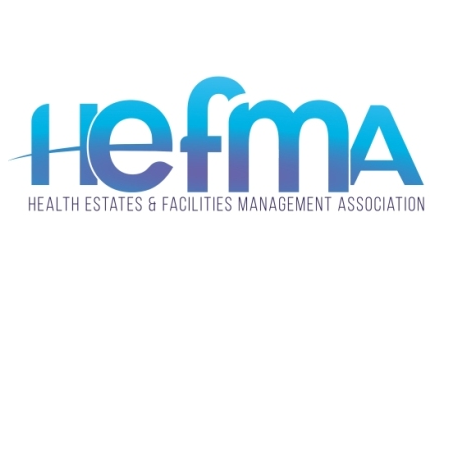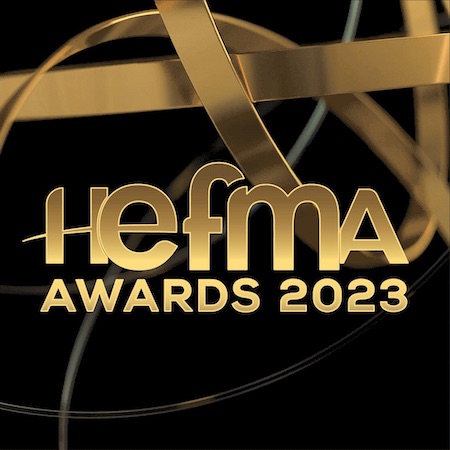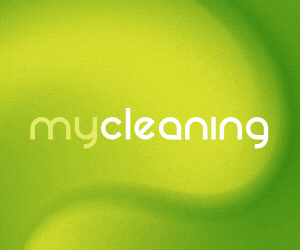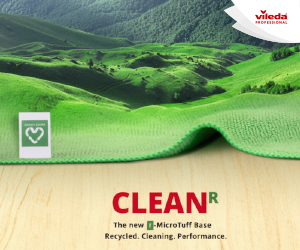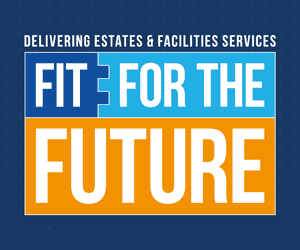Pulse provides a brief overview of some of the latest guidance documents relevant to Estates and Facilities Management for the NHS to be published by the Department of Health..
In what is described as “the first step in the NHS acting as a single customer,” the Department of Health has issued a new Procurement Guidance [March 2015] to support the latest set of NHS Terms & Conditions for the supply of goods, the provision of services (contract and purchase order versions), a combined document for goods and services and NHS Framework Agreements for the supply of goods and provision of services.
The changes introduced in the Terms & Conditions and Framework Agreements reflect recent policy developments and were introduced following a consultation exercise with NHS stakeholders and industry. As an up-to-date set of standard terms and conditions they aim to deliver a standard and balanced approach to risk, offer flexibility for use across a range of projects, be easy to use and maintain, provide maximum standardisation across the sets, enable signed contracts for certainty, governance, record keeping and contract management purposes and provide contractual structures that fit with the procurement processes used by NHS bodies.
The Procurement Guidance outlines how to use the new Terms & Conditions and Framework Agreements, provides guidance on when each set should be used and how to use each set. A final section summarises how the terms and conditions address key areas of risk.
The Procurement Transparency document [issued March 2015] contains guidance and requirements that, since April 2015, are now applicable to all Foundation Trusts and NHS Trusts and follows on from both Better Procurement Better Value Better Care (DH August 2013) and the ProcurementTransparency Guidance (DH April 2014) issued against the 2014/15 NHS Standard Contract.
The new document follows the same format as the previous Guidance and includes 11 actions with three key changes.
Addition to Action 3, (relating to non-disclosure or confidentiality agreements): It is recommended that NHS Providers submit evidence to their audit committee to show steps have been taken to comply with this requirement.
Update to Actions 5 - 9, (relating to opening up procurement and being transparent about expenditure):
These have moved from a preparatory stage to that of a need for action as they are now all embedded in legislation.
Amendment to Action 10, (relating to the publication of spend data each month): The requirement for preparation to publish line level data has been removed. The requirement to take preparatory steps to publish details of any supplier rebates has been added.
The Government’s wider agenda on transparency aims to enable the public to hold public bodies and politicians to account. With regards to procurement transparency the requirement is to ensure:
• Expenditure data is shared to identify savings opportunities
• Small enterprises are sighted on public sector business opportunities, both future procurement plans and current opportunities to tender for new contracts
• There is transparency about how public money is being spent
Taken together it is believed that these measures will increase competition, encourage growth and greater innovation, leading to better value for money from the public purse. Full details of the 11 actions and the reasons behind their introduction are included in the Procurement Transparency document.
Food
The Toolkit to support the development of a hospital food and drink strategy, developed by the Department of Health and the Hospital Food Standards Panel, is now available.
The development of a food and drink strategy is one of the requirements identified in the NHS Standard Contract and this Toolkit is designed to support hospitals in that aim.
Any food and drink strategy should address the nutrition and hydration needs of patients, healthier eating for the whole hospital community - especially staff - and sustainable procurement of food and catering services. The Toolkit is divided into three broad sections: Nutritional
Care, Healthier Eating
Across Hospitals and Sustainable Food and Catering Services. Each section includes links for more information - including to the relevant required food standards - together with details of reference texts and data sources. Also included is a suggested list of professions that ought to be involved in the development of the strategy, a gap analysis and a list of prompt questions.
Dementia care
Health Building Note 08-02 Dementiafriendly Health and Social Care Environments is a new guidance document published by the Department of Health [March 2015] and compiled by some of the leading figures in the health and social care sector.
“This guidance has something to say to everybody who is developing a new dementia service, but it is also as relevant to those people who are currently providing care and who may want to look at how they ensure their maintenance and refurbishment programmes deliver the very best environment in which to support people and enable them to have a good quality of life,” says Professor Martin Green OBE, Chief Executive of Care England, DH: Independent Sector Dementia Champion, in the foreword to the HBN.
The guidance, which has been welcomed by the Alzheimer’s Society and Age UK, comprises nine sections: policy and regulatory overview; scope; dementia types, stages and prevalence; design principles; core design features; strategic issues; benefits realisation; health care settings case studies and social care settings case studies.
Energy efficiency
Health Technical Memorandum 07-02:
EnCO2de 2015 - making energy work in healthcare, has been published in two parts [March 2015]. Part A deals with the policy context, organisational carbon management, building energy management and behaviour change in healthcare environments. Part B covers energy efficiency in new build and the refurbishment of existing buildings, as well as energy efficient building services and low and zero carbon technologies. Encode 2015 replaces all previous versions of Health Technical
Memorandum 07-02: making energy work in healthcare. It incorporates the learning from projects implemented under the NHS Energy Efficiency Fund (EEF) undertaken during 2013/14 and is described as “not prescriptive” and as drawing together “best practice guidance so that healthcare organisations can determine a way forward that best suits their situation.”
The main difference from Encode 2006 is that this new guidance reflects the latest carbon reduction targets on a national and NHS level. It also includes an update on the latest low and zero carbon technologies and lessons learnt from their use to-date.
Car parking
Health Technical Memorandum 07-03, NHS car-parking management: environment and sustainability 2015 edition [March] supersedes the 2006 edition of HTM 07-03 and is designed to help NHS organisations to identify best practice in car park management and sustainable transport in order to improve the patient and visitor experience and support staff on their journeys to and from work.
The measures included in the guidance have been broken down into three categories: sustainable transport, car park management and car park equipment. The benefits of each measure have been analysed and the cost of implementation assessed as low, medium or high. The guidance also includes case studies of NHS organisations that have demonstrated good practice in one of four areas: patient and visitor experience, sustainable transport, car parking charges and concessions or car park management.

